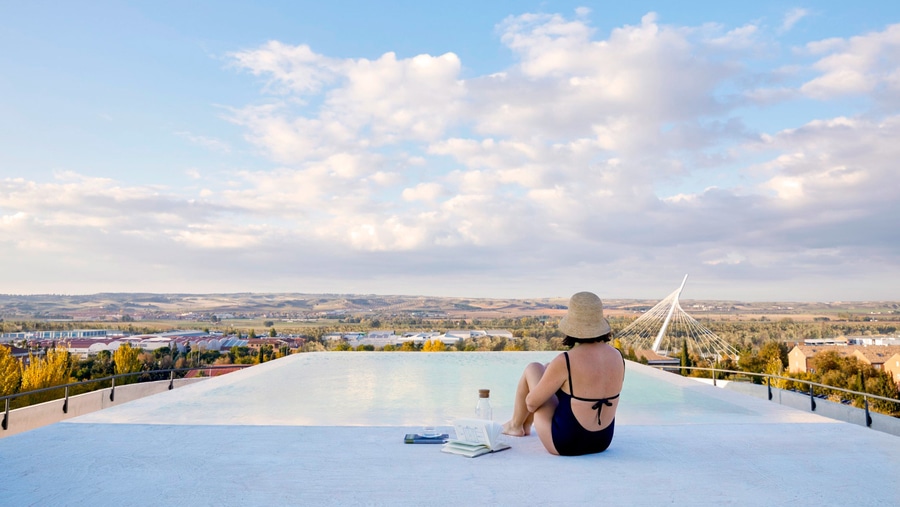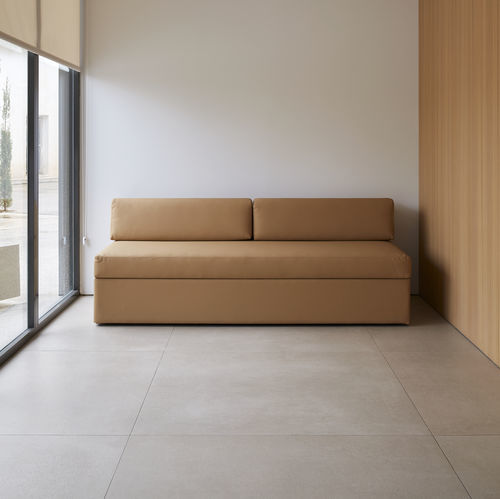
#Industry News
Senior Living: new accommodation options for active seniors
Spaces for the over 65s that combine a residential area with health, leisure and catering services.
Traditionally, older adults have been associated with two types of accommodation: home or care home. However, at an era where the senior population enjoys better health conditions than previous generations, many people are seeking alternative solutions where they can receive appropriate care while maintaining their independence and enjoying the company of others. Thus, the concept of Senior Living has emerged.
In general, these spaces are designed for those over 65 years old, comprising both residential areas and a wide range of health, leisure, and dining services for individuals with low levels of dependency.
This combines a private space, preserving the user’s personal autonomy, with a social space that fosters interaction and communication with others. This is essential given the loneliness often associated with aging. Comfort, companionship, and security are thus provided in the same environment.
According to the “Retirement Independent Living Insights 1.0” report by Deloitte, 2,500 new Senior Living beds will enter the Spanish market in the coming years, following the consolidation of these accommodation models in Northern Europe. It is estimated that the real estate sector will invest approximately 3 billion euros over the next three years in such projects, according to Savills Consulting.
Typically, this type of facility offers private studios with their own bathrooms and kitchens, and common areas include a restaurant, gym, game room, etc.
Given the ongoing aging of the population, it is imperative that all furniture in these facilities is adapted, meeting the highest standards of design, safety, and comfort, which are essential qualities for geriatric furniture.
Experts identify three different types of accommodations under the umbrella of the Senior Living concept:
1) Cohousing: individuals live in a community they manage cooperatively.
2) Coliving: a developer builds a community of homes for this age group and equips it with the amenities and services needed by seniors.
3) Resort: these developments are specifically designed for seniors, particularly in coastal areas.
A tangible example of the growth and successful operation of such projects is Vitápolis Senior Cohousing designed by architects Romero & Vallejo.
This residential complex for seniors offers customizable social care services. It features 35 independent and accessible apartments and over 1,500 square meters of common areas, including meeting spaces, gyms, workshops, a cafeteria, gardens, pools, sports areas, and urban gardens.
Thus, Vitápolis, located in the residential neighbourhood of Santa María de Benquerencia in Toledo, sets the stage for a new lifestyle that meets the physical and emotional needs of seniors, providing spaces for socializing, self-care, and assistance, all while maintaining their privacy.
The success of all these residential projects will depend on their ability to understand, address, and provide solutions to the needs of those over 65, such as tailored architecture and furniture, as well as access to healthcare services and leisure activities.
Considering that, according to the National Institute of Statistics (INE), more than a third of the Spanish population will be elderly by 2050, it is essential that projects starting now are future-oriented: ensuring the care of the elderly with the utmost guarantees.







